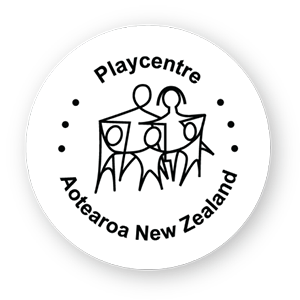Magda Gerber once said, “if infants are ready to do something, they will do it. In fact, when they are ready, they have to do it”. Northland-based early childhood educator Kate Liddington reflects on this quote to help support her practice with infants and toddlers.
Actually, I believe this quote can be easily tailored to read “if children are ready to do something, they will do it. In fact, when they are ready, they have to do it”. It focuses on the child being the driver of their physical development. It trusts and values that each individual child knows what they can and cannot do and what they are working on. It allows children the freedom to set their own goals and to achieve them in their own time. It celebrates what a child is working on, rather than what’s next. It takes away that long list of what you should be doing at this time and this age.
How amazing it must feel to have all the time in the world to do what you want to do. To practice what you are working on. To set and achieve your goals. To overcome self-chosen challenges. To really own I DID IT. I fully trust and respect infants will accomplish physical milestones in their own time. I have seen this in action time and time again. I try to focus on what a child is doing, not what I think they should be able to do from some predetermined milestone checklist. I try not to compare children knowing that every child is a unique individual therefore shouldn’t be compared to others.
As adults we know and understand that we are all different. We have our own personalities, character traits, interests, strengths and weaknesses. We all strive to be confident in ourselves and accept ourselves for who we are. Yet, sometimes, this idea of uniqueness is overlooked in infancy. Sometimes the focus is on the milestones; comparing when each child reaches these, moving from one milestone to the next to the next, no time and celebration on what the child can do only what comes next.
A very strong element of the RIE philosophy is this idea of natural physical development or freedom of movement. It trusts the infant (or child) to be inner directed when it comes to physical movement and development. I use the word child as well as it encompasses physical movement after walking (climbing, balancing etc).
This idea is something that goes against many common ideas and practices with infants. It takes away contraptions; bouncers, jolly jumpers, highchairs, bumbo seats, swings, and walkers or saucers. Infants are not propped up or walked. Instead, it places an infant on their back on the floor where they are free to move as they wish. It trusts that a child’s movements and muscles develop at a time unique to that child therefore the child rolls, creeps, crawls, sits, and stands when their body is ready to. Magda Gerber writes that “babies who are given freedom to move and develop in their own way gain a self-knowledge that keeps them safer. Their inner sense of balance and judgment intact, movements are carefully calculated and they tend to make fewer reckless moves”. Children learn to trust their body movements.
They calculate risk, they explore balance, and they have strong spatial awareness. They put themselves into positions they believe they are ready for rather than being assisted by an adult. The child trusts themselves physically as well as mentally and emotionally. It does not matter when someone sits or walks; it’s not a prerequisite for university applications or determines eligibility when dating. In the big picture it is not important. So allow your children the room to move. Trust that they know what they are working on and that physical milestones will happen naturally when the child is ready. Observe and celebrate what they can do, not what they cannot.
Stop comparing their milestones to other children’s. This will foster feelings of confidence and capability in your children. They will learn to trust their bodies and you will learn to trust them also.

